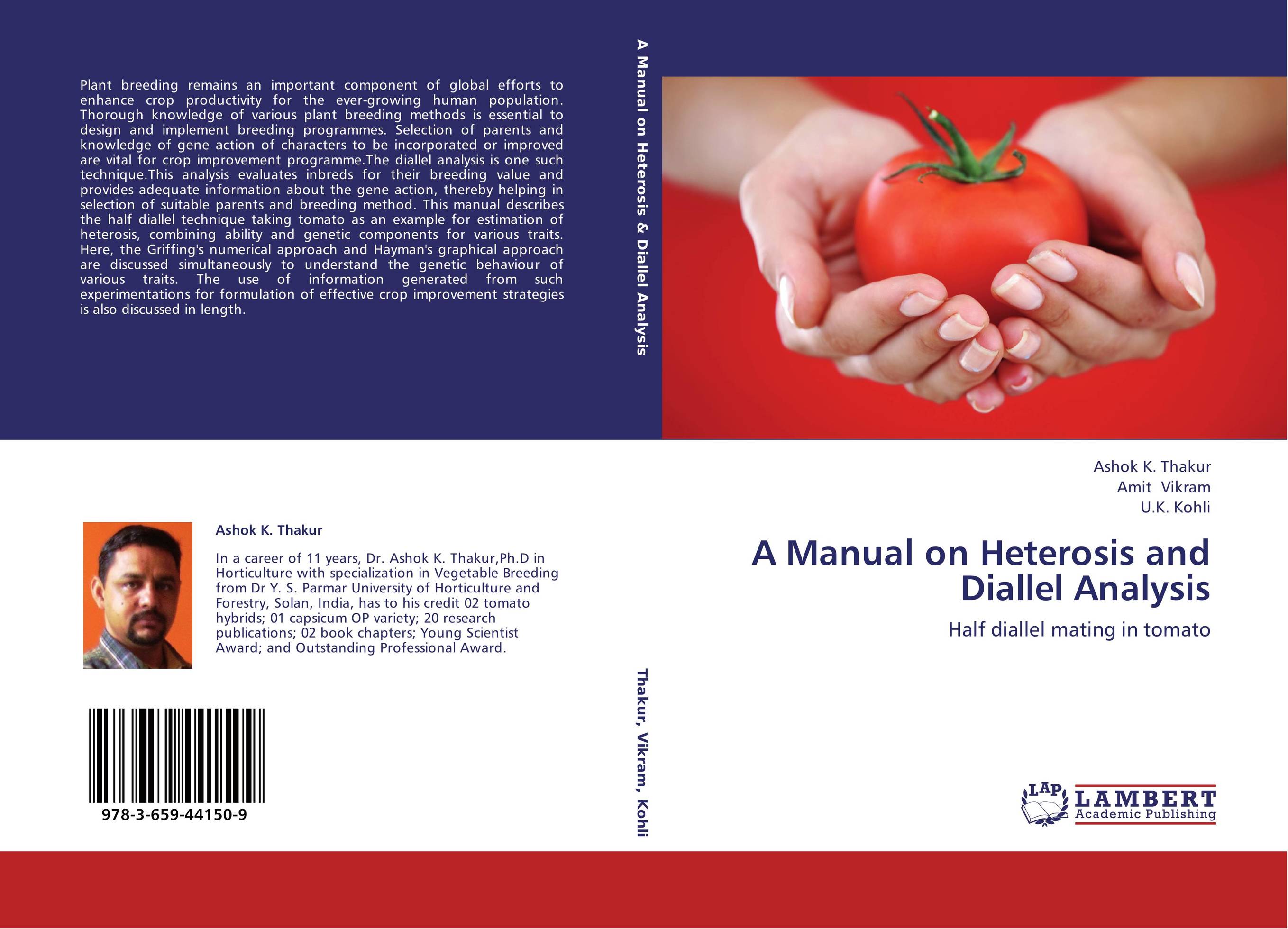| Поиск по каталогу |
|
(строгое соответствие)
|
- Профессиональная
- Научно-популярная
- Художественная
- Публицистика
- Детская
- Искусство
- Хобби, семья, дом
- Спорт
- Путеводители
- Блокноты, тетради, открытки
A Manual on Heterosis and Diallel Analysis. Half diallel mating in tomato

В наличии
| Местонахождение: Алматы | Состояние экземпляра: новый |

Бумажная
версия
версия
Автор: Ashok K. Thakur,Amit Vikram and U.K. Kohli
ISBN: 9783659441509
Год издания: 2013
Формат книги: 60×90/16 (145×215 мм)
Количество страниц: 148
Издательство: LAP LAMBERT Academic Publishing
Цена: 36982 тг
Положить в корзину
Позиции в рубрикаторе
Отрасли экономики:Код товара: 126035
| Способы доставки в город Алматы * комплектация (срок до отгрузки) не более 2 рабочих дней |
| Самовывоз из города Алматы (пункты самовывоза партнёра CDEK) |
| Курьерская доставка CDEK из города Москва |
| Доставка Почтой России из города Москва |
Аннотация: Plant breeding remains an important component of global efforts to enhance crop productivity for the ever-growing human population. Thorough knowledge of various plant breeding methods is essential to design and implement breeding programmes. Selection of parents and knowledge of gene action of characters to be incorporated or improved are vital for crop improvement programme.The diallel analysis is one such technique.This analysis evaluates inbreds for their breeding value and provides adequate information about the gene action, thereby helping in selection of suitable parents and breeding method. This manual describes the half diallel technique taking tomato as an example for estimation of heterosis, combining ability and genetic components for various traits. Here, the Griffing's numerical approach and Hayman's graphical approach are discussed simultaneously to understand the genetic behaviour of various traits. The use of information generated from such experimentations for formulation of effective crop improvement strategies is also discussed in length.
Ключевые слова: Tomato, Combining Ability, Heterosis, diallel, quantitative traits



